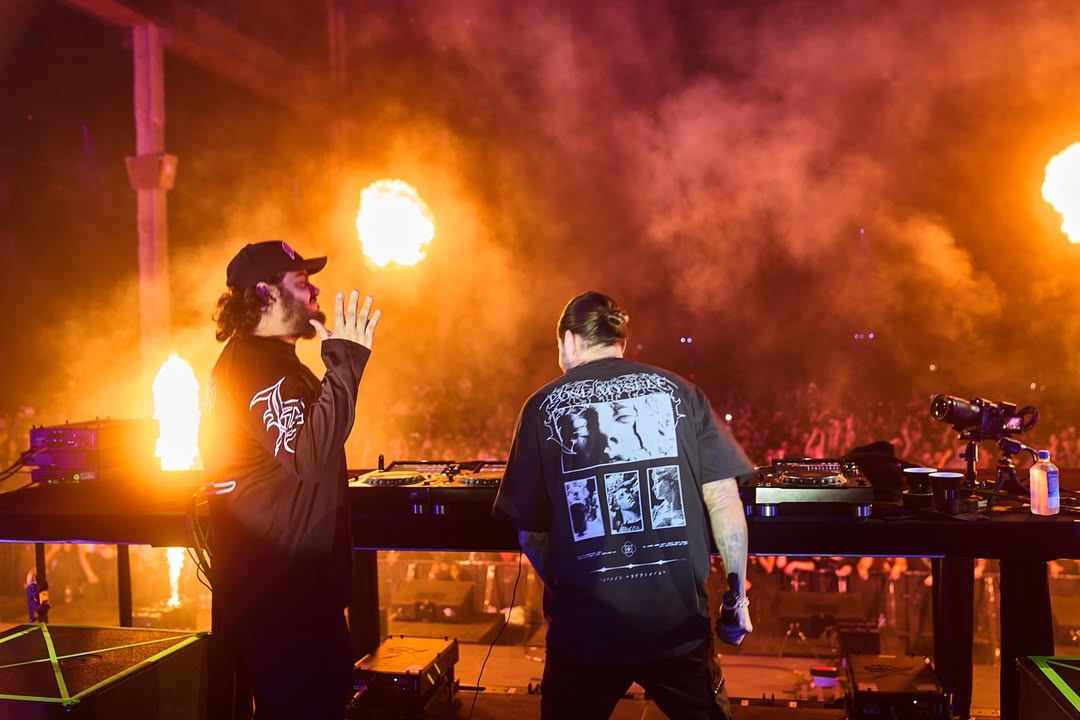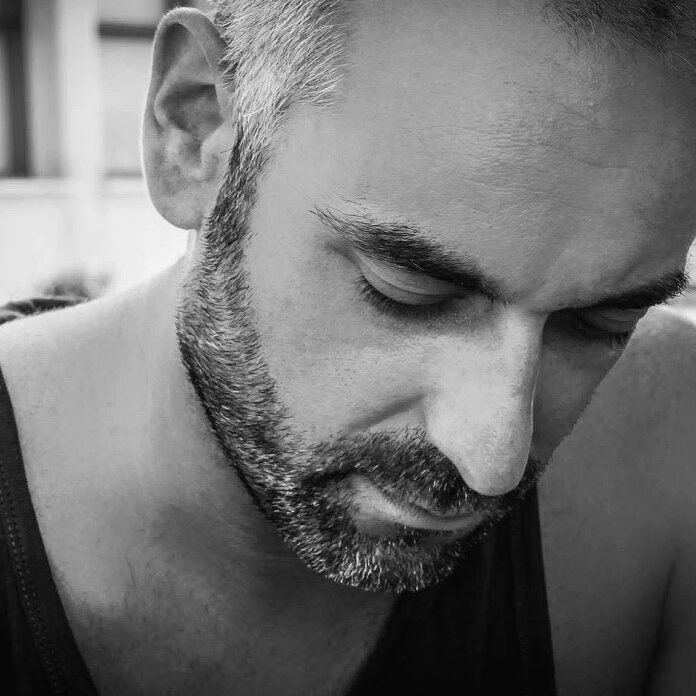WARNING: The following contains discussion of extreme violence, including sexual violence.
Takashi Miike's twisted 2001 film Ichi the Killer centers around a yakuza masochist named Masao Kakihara, who, following the murder of his yakuza boss, dives into a plot concocted by Jijii, a man who recently used plastic surgery to look entirely different. Jii-san is using the sadistic living-weapon Ichi to slaughter his way through the yakuza, all to enact his own personal vendetta. However, while Kakihara is at first motivated for revenge, he soon seeks Ichi out to find someone who can hurt him the way he wants.
Ichi the Killer is a demented story, but the film's infamous reputation has overshadowed the fact it's based on a seinen manga of the same name. Hideo Yamamoto's original manga follows almost the same plot as the film, but there are a few subtle differences between the two that result in distinct differences.
The Internal Manga vs. The External Film
Plot-wise, both the manga and film for Ichi the Killer are remarkably similar on paper. Many of the events play out in the film as they do in the original manga. The difference, however, is how these events are framed. Namely, the Ichi the Killer manga is a very internal, psychologically-centered story, while the film is more about how that internal pain is externalized in the characters' actions and behavior.
For example, the manga spends a lot of time expositing how Ichi is a strange person, telling readers that "he's a pervert" or "he's violent." However, the film just shows this to the viewers. Ichi's first scene in the film shows him masturbate to completion while a pimp violently rapes one of his prostitutes. In contrast, the mang introduces Ichi crying after murdering someone. While this scene also happens in the film, it's far faster.
The manga spends a lot of time meditating on the characters' emotions. Ichi hangs out with the old man Jijii more frequently, talking about their feelings and mediating on how Ichi's unstable psychology works. We get a more direct sense of what drives him. By omitting much of this, the film makes Ichi feel way more unstable and less relatable.
The Film Switches the Main Character from Ichi to Kakihara
Because of the way Miike's film is more visually-driven, many of Ichi's more intimate scenes are cut or rewritten to fit the format of the film better. This makes Ichi seem even more unstable in the film and thus harder to relate to. This leaves audiences, oddly enough, spending a lot more time proportionately with Kakihara, the manga's primary antagonist. Because of this, Kakihara becomes the main character (there are no real "heroes" in this story) of Ichi the Killer's film version.
Ichi's motivation isn't made clear until about halfway through the film, but viewers immediately understand what drives Kakihara from his first scene. Kakihara wants the boss to torture him because he's a masochist, but he soon realizes that Ichi is the only one who can offer him the ultimate pleasure he desires.
Kakihara's drive to find first his boss and later Ichi moves the plot forward. By comparison, Ichi's character is mostly informed through his actions and how other people speak of him, which results in him feeling at times a little under-developed, especially in the first half.
The Endings Are Different
The most distinct change made to the film version of Ichi the Killer is the ending. The manga ends with Ichi killing everyone, even Kakihashi, as part of Jijii's plan. However, Jijii realizes that Ichi is no longer the perfect killing machine he needs. So he finds Takeshi, a young boy who has grown to idolize Ichi, and turns him into a weapon for violence. Jijii may or may not kill himself, but Takeshi does become a new weapon, continuing the cycle of violence.
The film ends with Kakihashi realizing that Ichi will never offer him the satisfaction of torturing him. Kakihashi stabs his own ears to block out the sound of Ichi's incessant crying, then imagines getting murdered by Ichi. In reality, he throws himself off a building to his death, as indicated by the lack of injury to his skull. Ichi is ultimately killed by Takeshi, who, despite idolizing Ichi as a hero earlier, now sees him for the sadistic, pathetic monster he really is. In the end, Jijii hangs himself.
The film's end is far more ironic, with no one ending up truly happy, while the manga's end is far more tragic and disturbing. This anti-climax might feel less climactic and conclusive than the manga's ending, but it fits Miike's style.
About The Author

